Cabinet and Writing Desk (Armario de aparato y papelera)
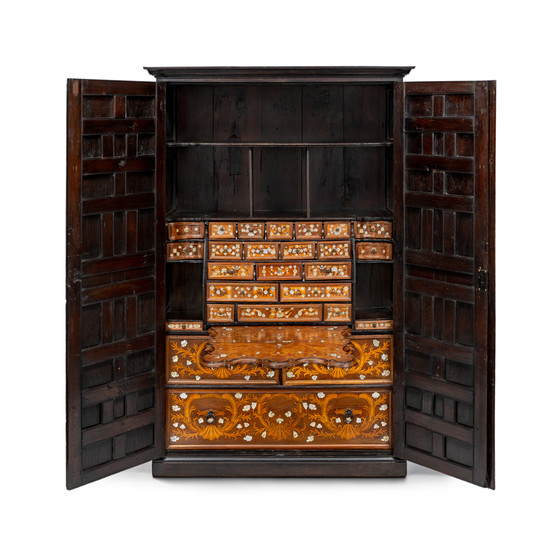
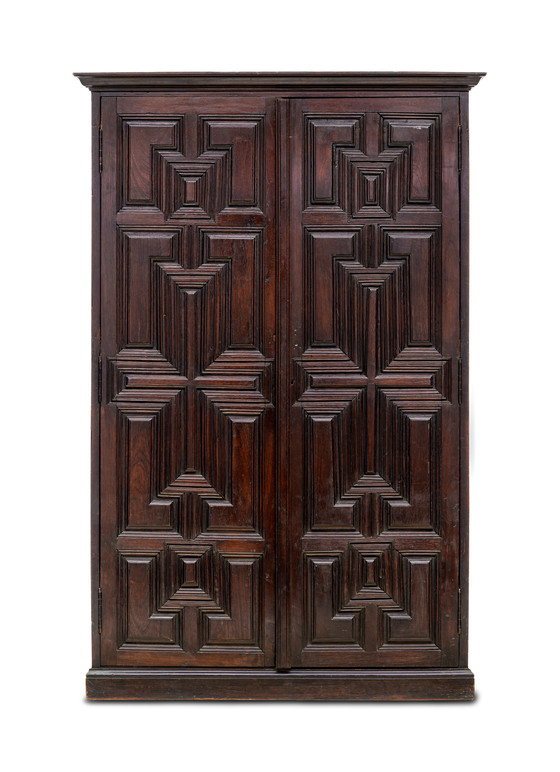

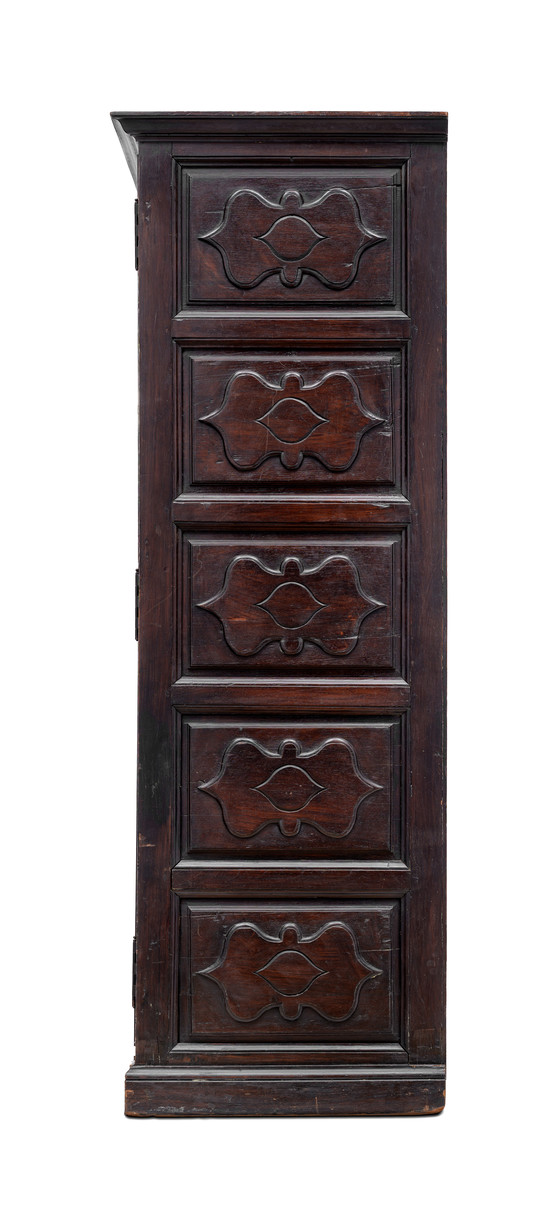
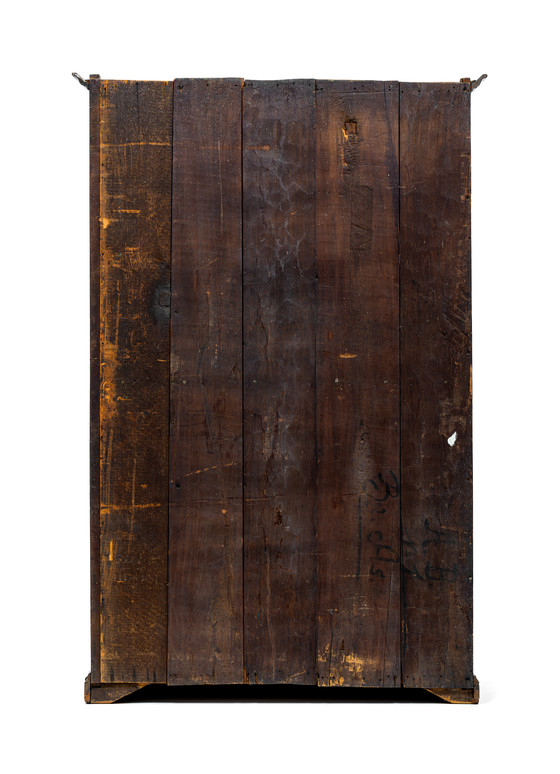
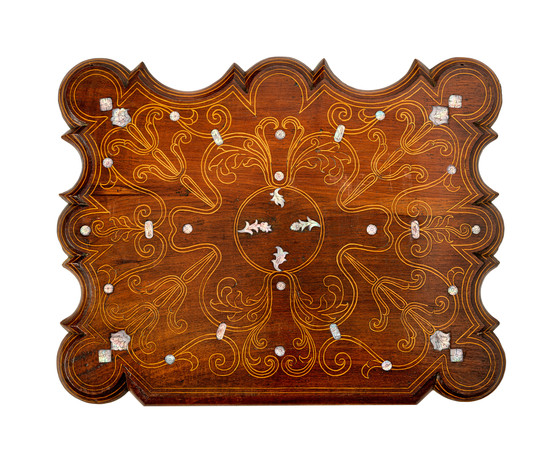

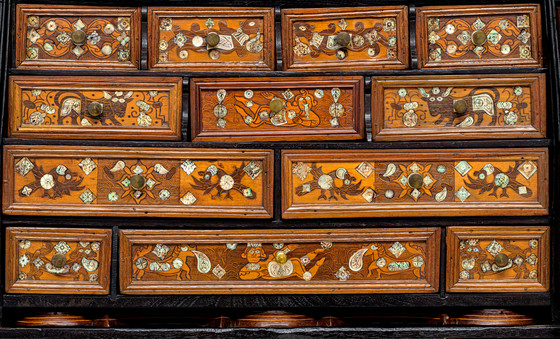
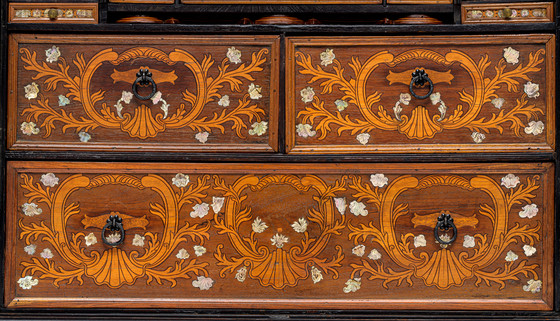






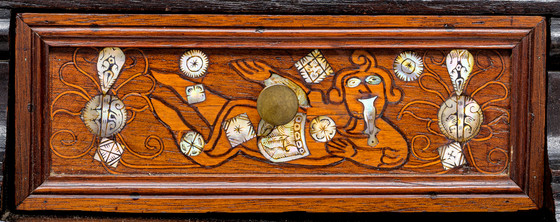





Please log in to add this item to your gallery.
View comments
No comments have been posted yet.
Add a comment
Please log in to add comments.
Please log in to add tags.
* Nearly 20,000 images of artworks the museum believes to be in the public domain are available to download on this site.
Other images may be protected by copyright and other intellectual property rights.
By using any of these images you agree to LACMA's Terms of Use.
Cabinet and Writing Desk (Armario de aparato y papelera)
Furnishings; Furniture
Wood, mother-of-pearl, and bronze
Open: 91 × 105 1/2 × 30 3/4 in. (231.14 × 267.97 × 78.11 cm)
Closed: 91 × 59 3/4 × 30 3/4 in. (231.14 × 151.77 × 78.11 cm)
Desk: 32 × 25 × 1 in. (81.28 × 63.5 × 2.54 cm)
Gift of the 2022 Collectors Committee with additional funds provided by Ryan Seacrest, Ann Colgin & Joe Wender, and the Bernard and Edith Lewin Collection of Mexican Art Deaccession Fund (M.2022.11.1-.28)
Not currently on public view


